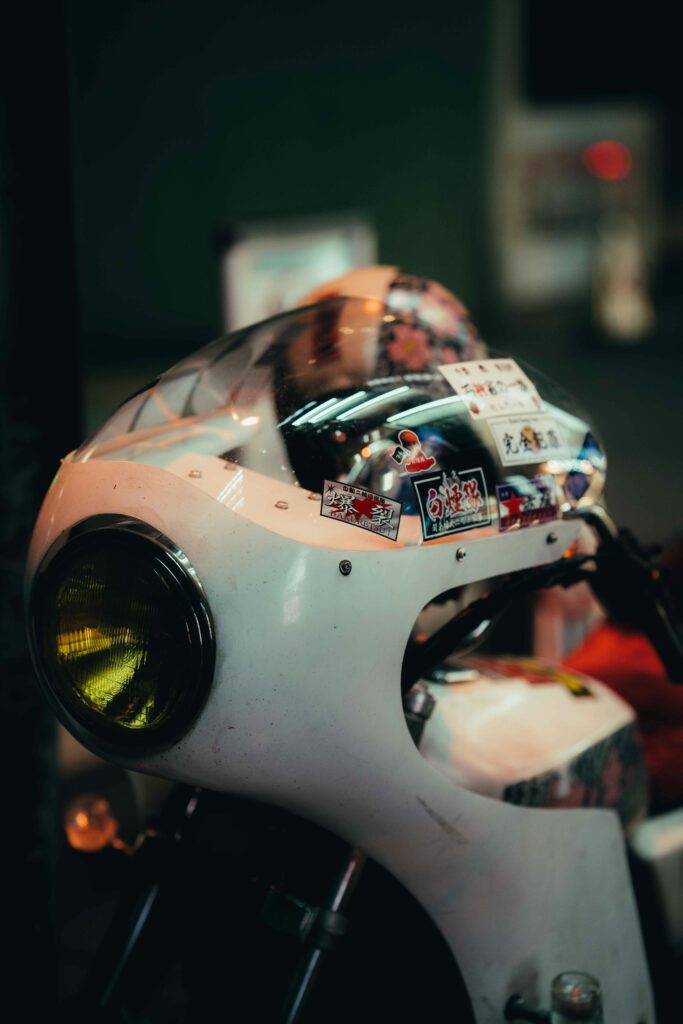Recent months have witnessed an explosion of **AI innovation**, particularly in the realm of multimodal AI and increasingly autonomous AI agents. Major tech companies are unveiling systems that can not only understand and generate human-like text but also interpret images, videos, and even audio with remarkable accuracy. This integration allows AI to process and synthesize information across different modalities, mimicking human perception more closely. For instance, new foundation models are emerging that can translate complex scientific papers into accessible summaries, generate realistic video footage from simple text prompts, or even design functional prototypes based on verbal descriptions. These capabilities are moving beyond mere automation, venturing into areas that demand sophisticated reasoning and creative problem-solving, heralding a new wave of **AI applications** that were once thought to be years away.
This rapid advancement is mirrored by a surge in investment and market growth. According to a report by Grand View Research, the global artificial intelligence market size was valued at USD 196.63 billion in 2023 and is projected to grow at a compound annual growth rate (CAGR) of 37.3% from 2024 to 2030. This exponential growth isn’t just in software; it spans hardware infrastructure, specialized chips, and the burgeoning talent pool. Research from McKinsey also indicates that **generative AI** alone could add trillions of dollars in value to the global economy annually across various sectors. These figures underscore the serious commitment from both private and public sectors to harness the transformative power of AI, recognizing its potential as a primary driver for economic evolution and competitive advantage in the coming decade. The sheer volume of venture capital flowing into AI startups further solidifies this trend, signaling confidence in sustained **AI development**.
The ripple effects of these **AI breakthroughs** are already being felt across a multitude of industries. In healthcare, AI is accelerating drug discovery, personalizing treatment plans, and improving diagnostic accuracy, potentially saving millions of lives. Financial institutions are leveraging AI for fraud detection, algorithmic trading, and personalized customer service, enhancing security and efficiency. The creative sector, once thought immune to automation, is now witnessing AI co-creating art, music, and literature, opening new avenues for expression and innovation. Furthermore, in manufacturing and logistics, AI-powered systems are optimizing supply chains, predicting equipment failures, and automating complex tasks, leading to significant cost reductions and increased productivity. The widespread adoption of **AI solutions** is fundamentally altering how businesses operate, fostering a landscape where data-driven decisions and intelligent automation become the norm. For a deeper dive into the fundamental components driving these advancements, explore our article on Understanding Large Language Models.
Looking ahead, experts predict an even more profound integration of AI into our daily lives and global infrastructure. Dr. Anya Sharma, a leading AI ethicist and research fellow at the Artificial Intelligence Policy Institute, commented, ‘We are just scratching the surface of **AI’s true potential**. The next frontier involves not just more powerful models, but models that are more ethical, explainable, and inherently safe. The challenge lies in developing AI that augments human capabilities responsibly, addressing biases, and ensuring equitable access.’ This sentiment highlights a critical balance between pushing technological limits and establishing robust ethical frameworks. The trajectory suggests a future where AI acts as an intelligent assistant in almost every aspect of human endeavor, from personalized education and scientific discovery to environmental monitoring and smart city management. The journey of **AI development** is far from over; it’s entering its most exciting and impactful phase yet, promising a world transformed by intelligent machines working alongside humanity.

